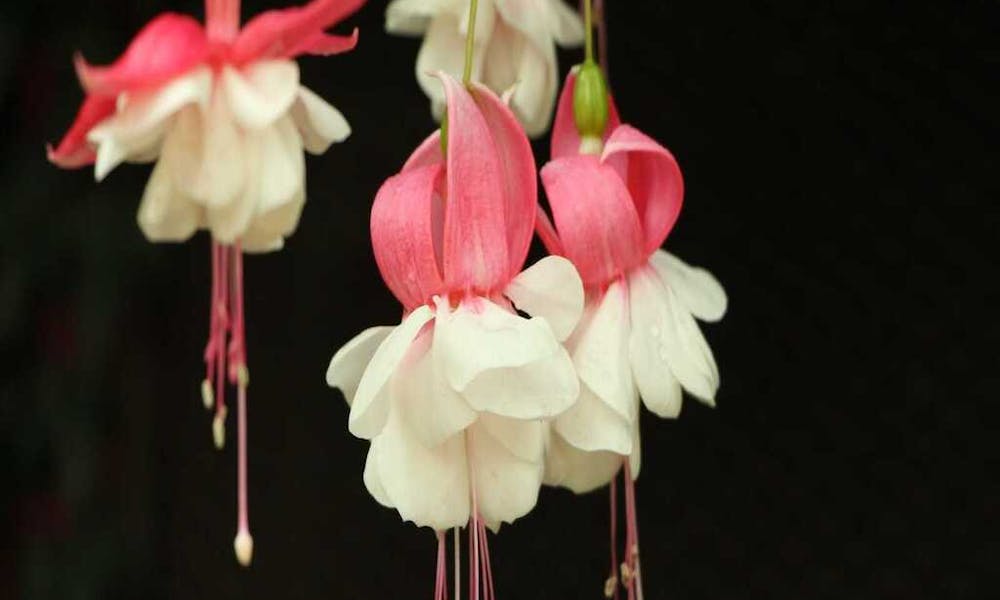In a world brimming with botanical wonders, rare and exotic flowers stand out as nature’s hidden gems. These elusive blossoms captivate the hearts of botanists, adventurers, and flower enthusiasts alike. In this article, we will embark on a journey through the enchanting realm of rare and exotic flowers, unveiling their beauty, uniqueness, and the mysteries that shroud them.
The Mystique of Rare Flowers
The Quest for the Unusual
Rare flowers are nature’s best-kept secrets, often concealed in remote corners of the world. They defy the ordinary, making botanists and explorers venture into uncharted territories to discover them.
Why Rarity Matters
The scarcity of these flowers enhances their allure. People are naturally drawn to things that are hard to come by, and rare flowers are no exception. Their limited availability adds an air of exclusivity, making them highly sought after.
The Most Elusive Blossoms
Ghost Orchid (Dendrophylax lindenii)
The Ghost Orchid, with its otherworldly appearance, is a true botanical enigma. Found in the swamps of Florida, it’s a white, waxy flower that seems to float in mid-air. It’s extremely difficult to spot due to its transparent roots.
Corpse Flower (Amorphophallus titanum)
The Corpse Flower earns its name from its putrid odor, resembling that of a rotting corpse. Native to Sumatra, it blooms rarely and only for a brief period. When it does, the spectacle is both mesmerizing and malodorous.
Middlemist Red (Middlemist camellia)
With only two known specimens in the world, the Middlemist Red is an extremely rare flower. Originally from China, it boasts vibrant crimson petals that make it a botanical jewel.
The Enigmatic World of Carnivorous Flowers
Venus Flytrap (Dionaea muscipula)
The Venus Flytrap is a carnivorous plant that lures insects into its jaws, snapping shut and devouring its prey. This plant’s predatory nature adds a layer of fascination to its already exotic appearance.
Pitcher Plant (Nepenthes)
Pitcher plants are known for their pitfall traps, filled with digestive fluids. They entice insects to take a deadly plunge into their depths. These carnivorous wonders are found in various parts of the world.
Cultivating Rare Flowers
Challenges and Rewards
Cultivating rare and exotic flowers can be a daunting task. Their unique requirements, including specific climate conditions and care, make them a challenge for even the most seasoned gardeners. However, the satisfaction of nurturing these gems is unparalleled.
Conservation Efforts
As these flowers face the threat of extinction due to habitat loss and illegal trade, conservation efforts have become crucial. Botanical gardens and dedicated enthusiasts play a significant role in preserving these rare species for future generations.
Conclusion
Rare and exotic flowers are the epitome of nature’s creativity and beauty. Their allure lies in their scarcity, unique characteristics, and the sense of wonder they evoke. Whether you’re an avid botanist or simply appreciate the wonders of the natural world, exploring these hidden gems is a journey worth taking.
FAQs (Frequently Asked Questions)
- Are rare flowers always difficult to grow?
- While some rare flowers can be challenging to cultivate due to their specific requirements, others can thrive with proper care and attention.
- How can I contribute to the conservation of rare flowers?
- You can support conservation efforts by visiting botanical gardens, spreading awareness about endangered species, and refraining from purchasing rare flowers from illegal sources.
- Are there any rare flowers that are not endangered?
- Yes, some rare flowers are not endangered but are still considered rare due to their limited distribution and unique characteristics.
- What is the significance of the Corpse Flower’s foul odor?
- The foul odor of the Corpse Flower helps attract pollinators, which are often flies and beetles, to aid in its reproduction.
- Where can I see rare flowers in their natural habitat?
- You can witness rare flowers in their natural habitat by embarking on botanical expeditions, visiting protected areas, or exploring remote regions known for their floral biodiversity.
